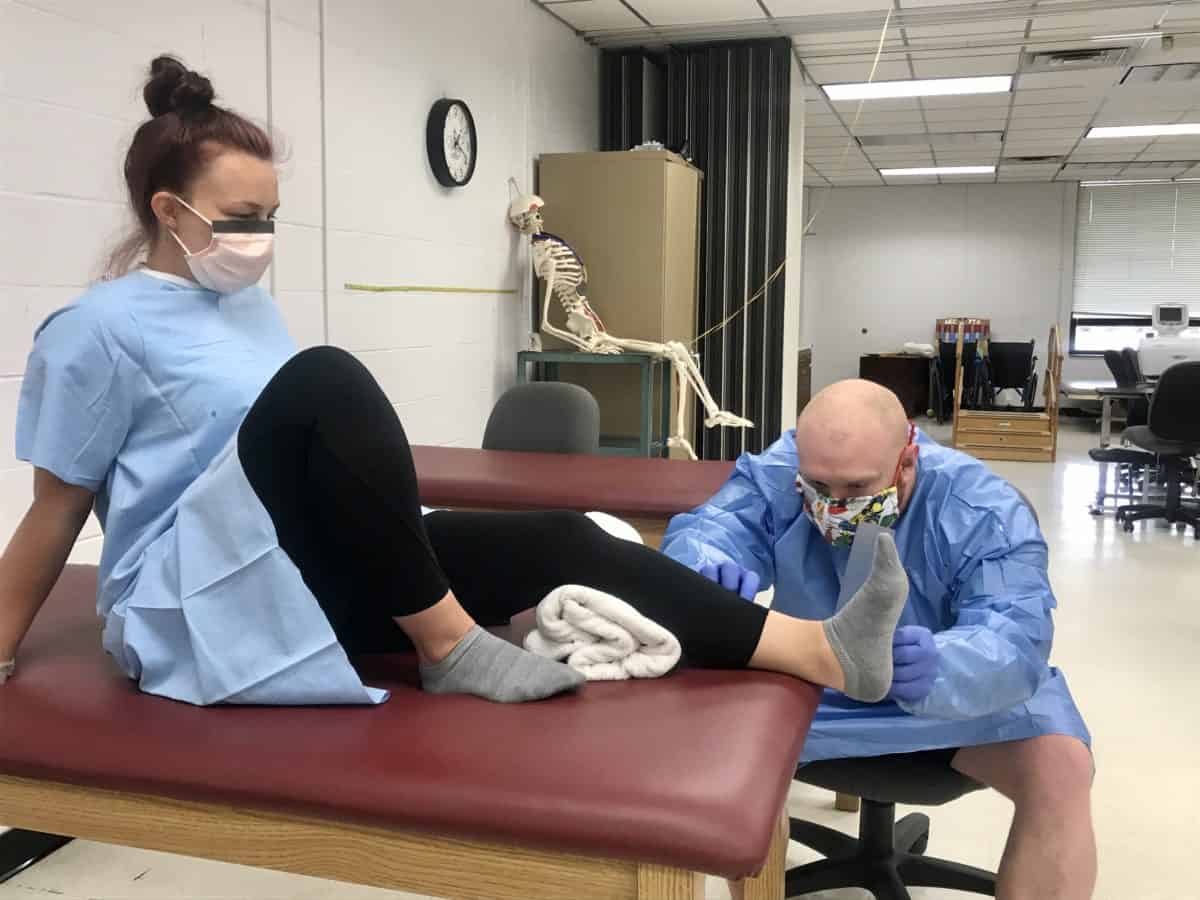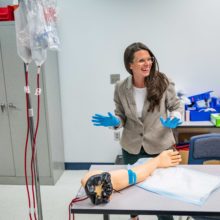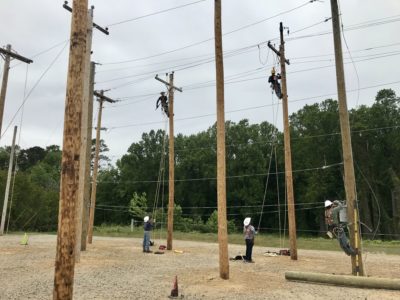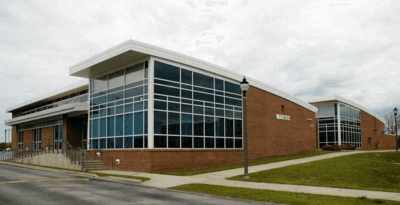
The phrase “these are unprecedented times” bubbles up in almost every conversation regarding the state of education amid COVID-19. The pandemic has created chaos and upended typical operations of educational institutions across the globe. From K-12 districts to community colleges, decision makers have spent countless hours preparing, responding, and planning for what will likely be continued disruption.
In an environment where communication and decisions regarding COVID-19 are dynamic, EdNC has worked to track responses to COVID-19 among educational institutions across North Carolina.
In April 2020, EdNC worked with Public Impact to develop a database tracking how North Carolina’s 115 K-12 school districts are handling school building closures and the shift to online learning during COVID-19. Following the national database developed by the Center of Reinventing Public Education (CRPE), EdNC and Public Impact gathered information on curriculum, instruction, and equity access to complete the North Carolina district database.
In an effort to provide similar information regarding how North Carolina’s community colleges have responded to COVID-19, EdNC has worked over the past month to create a community college database. This database outlines North Carolina community colleges’ responses to COVID-19 according to a series of standard indicators covering three categories relevant to campus operations and pandemic planning.
View the NC Community College Response to COVID–19 Database
Developing the database
EdNC began by compiling a list of pertinent questions to guide us during the information gathering stage and evaluating each college’s website regarding COVID-19 communications. EdNC then narrowed the scope of questions and started collecting data from community college websites and social media pages. We organized and analyzed the data along 12 indicators grouped into one of three categories: campus closures and the transition online, student support, and plans for spring/summer terms.
EdNC completed the database using the most recent COVID-19 response page from each community college. If information could not be found on a community college’s website, we assessed their social media pages. For any information that could not be clearly identified, EdNC contacted the college’s Public Information Officer to complete gaps in the database.
Despite this work to analyze the various communication channels, there are limitations and data gaps. Missing data indicates either the information was not available before this publishing date or EdNC was unable to appropriately code the indicator given the information provided.
View the NC Community College Response to COVID–19 Database
How to use the database
The database has four tabs along the bottom of the page. The first tab, “About this Database,” explains the intent of the database, how it was populated, and the contributing team members who worked on the project. Links are also provided for CRPE’s national database and EdNC and Public Impact’s database for NC’s K-12 districts. The second tab, “Definitions,” provides definitions for each indicator in the database, an explanation of how each indicator was coded, and indicator coding examples. The database’s alternating colors provide easier readability from one category to the next.
The data from each community college can be found in the third tab, “Coded NC CC Database.” Each indicator and category is located along the top. Along the left side, all 58 North Carolina community colleges are listed. The name of each community college is linked to a page on their website where the majority of information was found to populate the database. The final column (Column T) is an overview of all indicators for each community college. Hovering over the cell will give you a snapshot of a college’s response to each indicator.
View the NC Community College Response to COVID–19 Database
How can we make this database better?
As you explore the database, our hope is that you will be able to quickly and easily discover how each community college is responding during COVID-19.
Additionally, we hope this project will feature community colleges’ robust approaches to: collecting information about students’ technology limitations, providing extensive essential needs resources, and alleviating technology and internet barriers. As with the K-12 district database, we hope this database will shed light on the gaps and challenges that many institutions face to create an equitable educational environment during a pandemic, paving the way for policymakers and philanthropists to use this information to address support for schools, educators, and students.
As community colleges across the state make decisions concerning instruction, communication, and campus operations, EdNC will make updates to the database in the coming months. In addition, EdNC will continue to analyze trends and feature stories of community colleges and their crisis response and leadership.
As always, we welcome your feedback on the first iteration of the community college database. What do you think of the indicators? What are we missing? How can we improve the database to better serve your needs? Please send suggestions, corrections, or ideas on how to improve this resource to Molly Osborne, EdNC’s policy director, by emailing mosborne@ednc.org.





